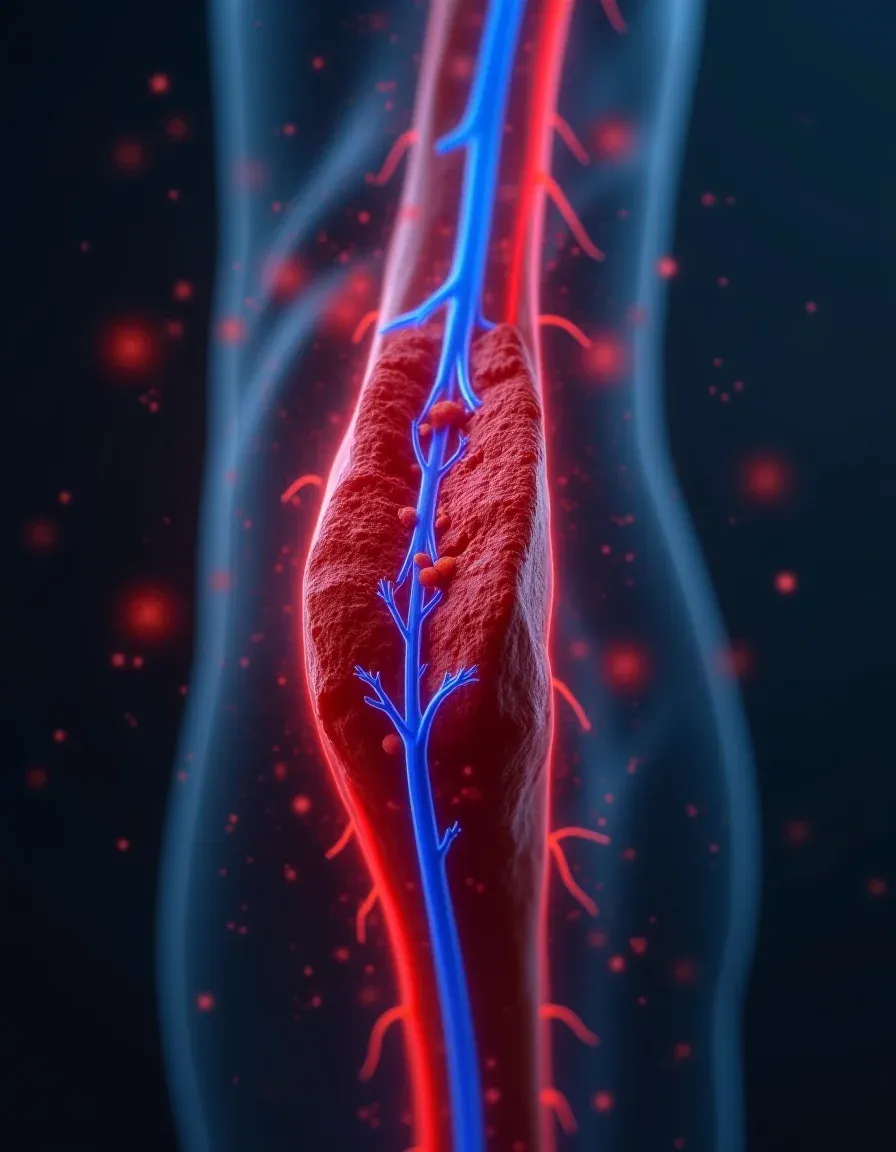What Happens to Your Blood When a Limb is Partially Severed?
Ever wondered what happens to your blood flow when a limb is severed? Discover how your body responds to such critical injuries and the role of medical intervention.

Have you ever wondered what goes on inside your body when something as drastic as a limb being partially cut off happens? Let's break it down in simple terms.
All About Blood Flow
When a limb is intact, blood flows in through arteries, which carry oxygen-rich blood, and veins take it back. It's like a continuous loop. But what if a limb is partially severed?
Your body doesn't require all blood to reach the end of a limb just to return. Some blood does its job halfway—delivering oxygen and nutrients along the route, thanks to small blood vessels connecting arteries and veins throughout.
What If a Major Vessel is Cut?
If a significant artery or vein is severed, the situation gets critical. Without medical help, the part they supply with blood might suffer from necrosis—a condition where the tissue dies due to lack of oxygen.
Role of Medical Intervention
Sometimes, doctors need to step in to reconnect these blood vessels. Without this repair, healing can't start. In extreme cases, veins and arteries might need a bit of rerouting, though that's quite rare.
Your Body's Natural Response
For minor cuts, the body can often manage on its own. When closest to the heart, individual arteries and veins do less work, and the body has a more comprehensive way to compensate for any damage.
For more information on how the body adapts to such situations, you can check out the Wikipedia article on amputation and femoral fractures, where detailed surgical approaches are outlined.
So, if you ever find yourself (or unfortunately, someone else) in such a situation—yes, it's definitely a 'call 911' situation!




